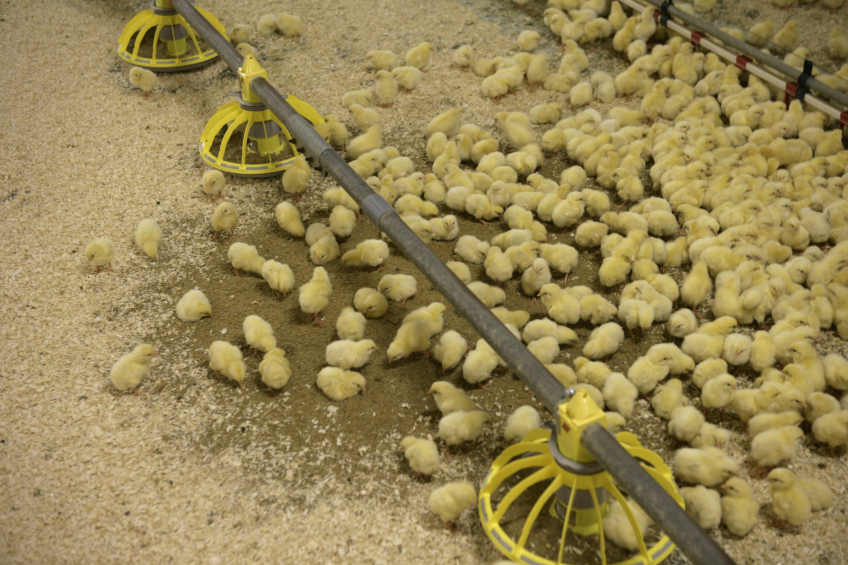Integrated coccidiosis management

Targeting the global poultry industry’s more than US$3 billion in annual losses to coccidiosis, Rotecc integrated coccidiosis management was introduced by Zoetis.
By Ad Bal
This is a new, science-based initiative to help poultry producers worldwide develop more strategic, cost-effective and sustainable programmes for battling the costly parasitic disease.
“Overall, the poultry industry has done a commendable job managing coccidiosis. But clearly, when you look at billions of dollars in losses associated with the disease, there is still lots of room for improvement,” says Mark LaVorgna, nutritionist and global technical services director for Zoetis. “With Rotecc, we’re drawing on decades of published research, field and pen trials and our own experience managing coccidiosis in more than 60 countries to help close that gap. We are doing this not only with our own products, but with all the field-demonstrated anticoccidial tools available in the animal health industry, also from other suppliers.”
Best practices
Rotecc begins with a consultation by a Zoetis representative, who reviews a poultry operation’s past and current programmes, necropsy data and results from anticoccidial sensitivity testing, as well as seasonal preferences for product usage, production goals and management practices. Other variables such as feed costs and meat prices also are considered.
Rotecc is built on best practices widely accepted by the poultry science community for coccidiosis management. Specifically, this includes not using the same in-feed anticoccidial for too long, rotation among products from different classes, resting each product and using a synthetic anticoccidial once yearly to clean up lingering coccidia and help reduce infection pressure. According to Zoetis, poultry producers benefit from longer term thinking, perhaps even 24 months ahead, when developing their coccidiosis management programmes.
Keeping on track
The more producers plan ahead, the more rotation options are available for effective coccidiosis management. That’s important as it takes time to initiate effective rotation programmes that will provide ample rest periods for each class of in-feed product.
Rotating anticoccidials was standard practice at commercial poultry farms. But sometimes traditional thinking, old habits, cost considerations and the pressures to achieve optimal short-term performance stand in the way of developing a longer term, sustainable strategy. Rotecc aims to put producers on the right track and, more importantly, keep them there. Vaccination is also part of the Rotecc strategy and can play an important role in coccidiosis management, depending on individual producer needs. It gives in-feed anticoccidials a rest and seeds poultry houses with coccidia that are still sensitive to the in-feed products, which restores their efficacy.
Preserve effectiveness
Coccidiosis specialist Greg Mathis supports the new Rotecc approach of Zoetis. “When was the last time the world’s poultry industry got a new anticoccidial, 15 or 20 years ago? We still have good tools available, but we need to do whatever we can to preserve their effectiveness and optimise their performance. Planning ahead and thinking about your programme 12, 18 and even 24 months from now is a huge step in the right direction.”
Mathis also urged producers to ‘rotate smarter’ and learn the differences between anticoccidials. “I see producers rotating from, say, monensin or salinomycin to narasin, but all they’re doing is rotating from one monovalent ionophore to another,” he said. “They’d be better off rotating to a divalent ionophore, a chemical or even a vaccine,” he said.
To support Rotecc, Zoetis is developing several digital tools to help producers and veterinarians tailor a long-term programme to suit their individual needs. These include the Rotecc Programme Advisor, an iPad app that initially will be available in the US, and a Rotecc Calculator, which will run on the iPad and Windows operating systems. It will be used to help determine the most cost-effective anticoccidials for each producer’s rotation plan while adhering to best practices for rotation.













